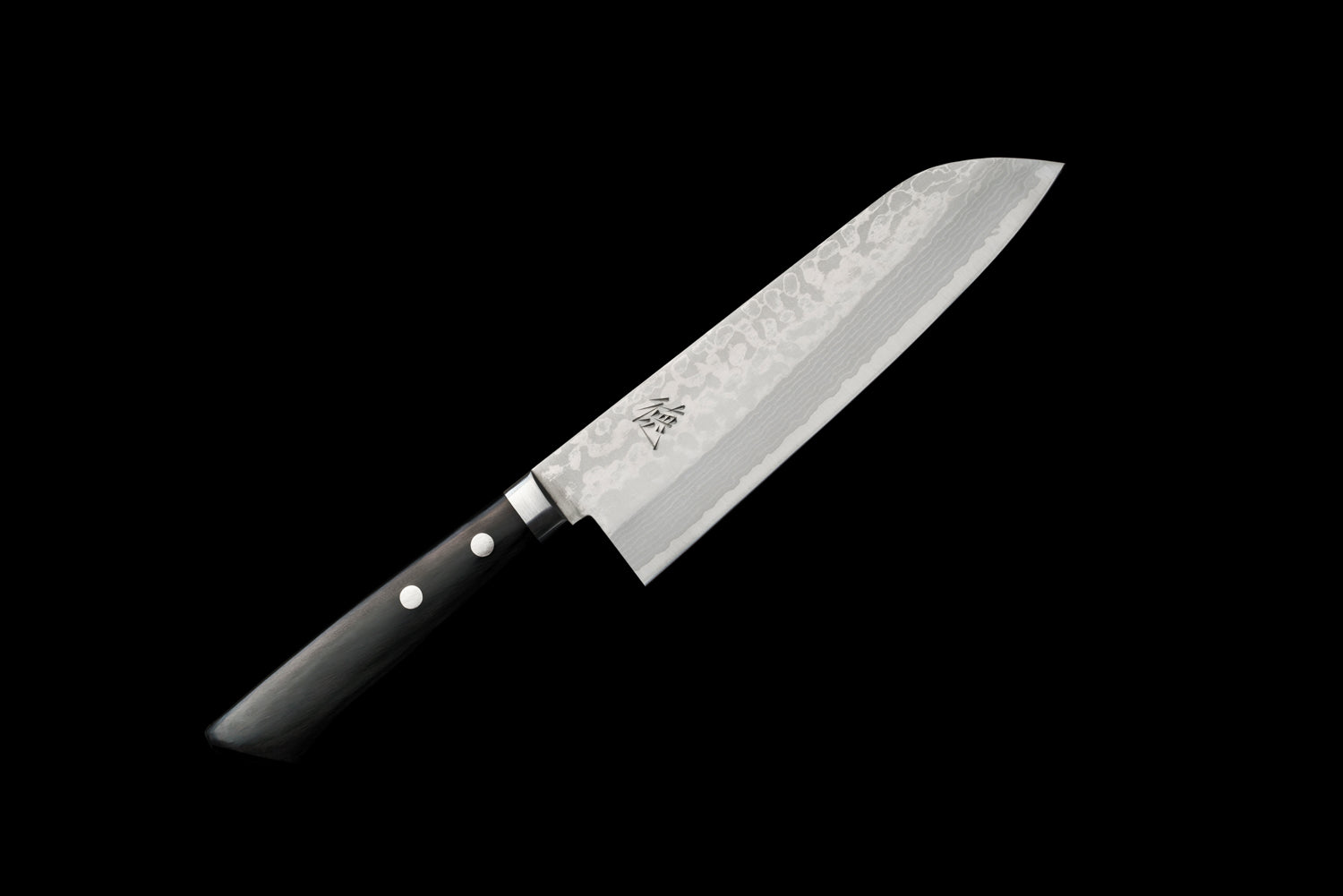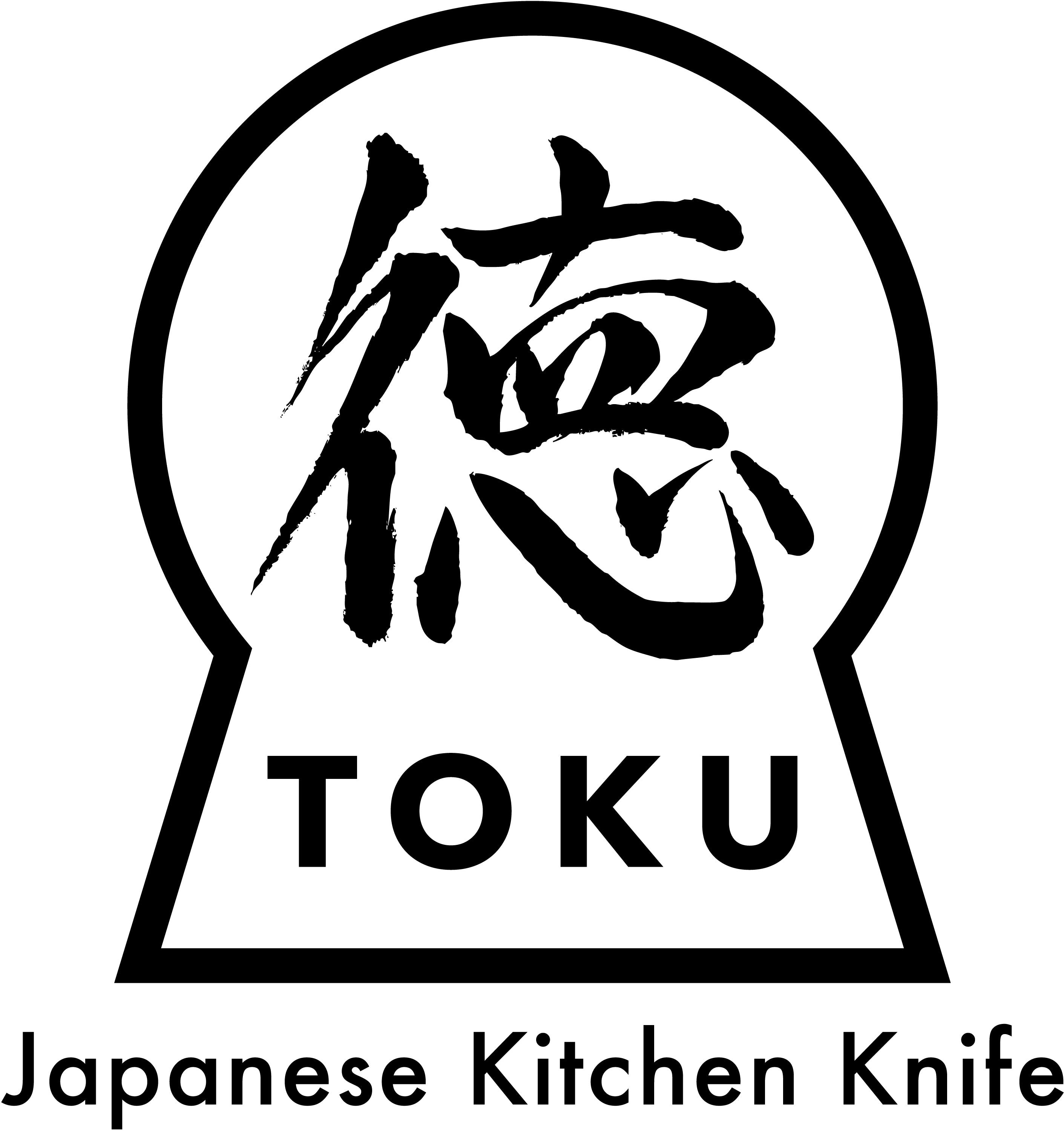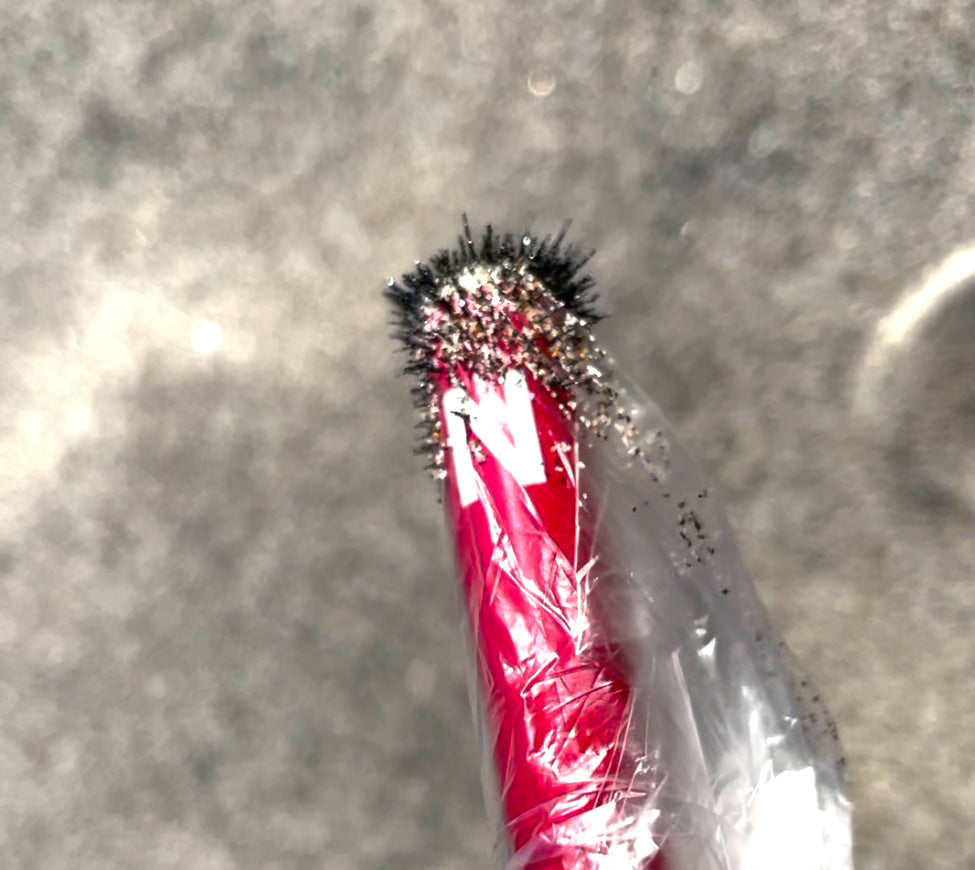
[2024] Damascus knife
I am Okudaira, the owner of "Japanese Kitchen Knife TOKU''.
We want to sell knives made in our hometown of Sakai, Osaka, so we purchase and sell knives made in Sakai from a knife manufacturer in Sakai.
We don't just sell knives, we visit a number of blacksmiths and bladesmiths in Sakai to help our customers understand knives, experience the actual work, and hear from the craftsmen. I'm here. In addition to Sakai, we also visit Seki in Gifu, Tsubame-Sanjo in Niigata, Tanegashima in Kagoshima and Katsushika in Tokyo, in an effort to deepen our understanding of the characteristics and commitment of each.
damascus knife
Do you know a knife with a wave-like pattern called a Damascus knife? This knife is popular not only in Japan but also overseas. Because it looks beautiful, it is also used in restaurants with open kitchens where customers can see the food being prepared.
Now, do you know what Damascus is?
Damascus is a steel originally characterized by a wood grain pattern, and is another name for Wootz steel, a crucible steel developed in ancient India. It seems that Wootz steel was used in products such as swords manufactured in Damascus, Syria.
The ancient Damascus manufacturing method is considered a lost technique, and it is known that the manufacturing method is different from the Damascus that is made today.
Damascus knives, which are currently made, are made by layer-forging different metals to create patterns, and how many layers are there such as 17, 33, 45, 67, etc. It may be written.
As for the steel material, VG10 stainless steel is often used and is becoming very popular.
In addition to VG10 , there are also knives that use molybdenum steel.
VG10 and molybdenum are stainless steel, so they are often used in Western knives. So, does Damascus not exist in Japanese knives? Damascus knives also exist in Japanese knives. There are Damascus knives made of Yasugi steel such as Aichi Steel and Ginsan. Some knives are clearly labeled as Damascus, but those labeled Suminagashi are Damascus knives.
Damascus knives are made by layering steel materials, so they are more resistant to warping, stronger, and more durable than laminated knives called kasumi. It is said that its sharpness lasts for a long time.
Because Damascus knives have a multi-layered structure, they tend to be more expensive to purchase because they require more time and effort to make. Also, when resharpening, please be aware that the Damascus pattern itself will change as the cross section of the multi-layered structure will change due to sanding. It is also good to be aware that depending on the method of sharpening, the Damascus pattern may appear fine or it may appear dull. When sharpening parts with a Damascus pattern, I think it is better to use a high-grit whetstone like #6000 rather than a medium-grit whetstone like #1000 to bring out the Damascus pattern more clearly.
Having a clean and sharp Damascus knife will make you feel more excited and will make cooking more enjoyable.
"Japanese Kitchen Knife TOKU''. also sells Damascus knives, so be sure to check out their sales site.
Damascus Santoku knife VG10 – Sakaitoku knife (japanknifetoku.com)
Let's go to a knife store!
If you don't understand it until you see it, go to a knife store and try holding a knife. However, most stores do not allow you to try cutting the knife, so you cannot check the sharpness before purchasing.
If you don't have a store that sells knives near you, it's best to purchase from a knife specialty store's mail order site.
"Japanese Kitchen Knife TOKU" has a video showing the actual cutting process, so please use it as a reference.
Knife Sakai Toku - YouTube


Leave a comment
This site is protected by hCaptcha and the hCaptcha Privacy Policy and Terms of Service apply.